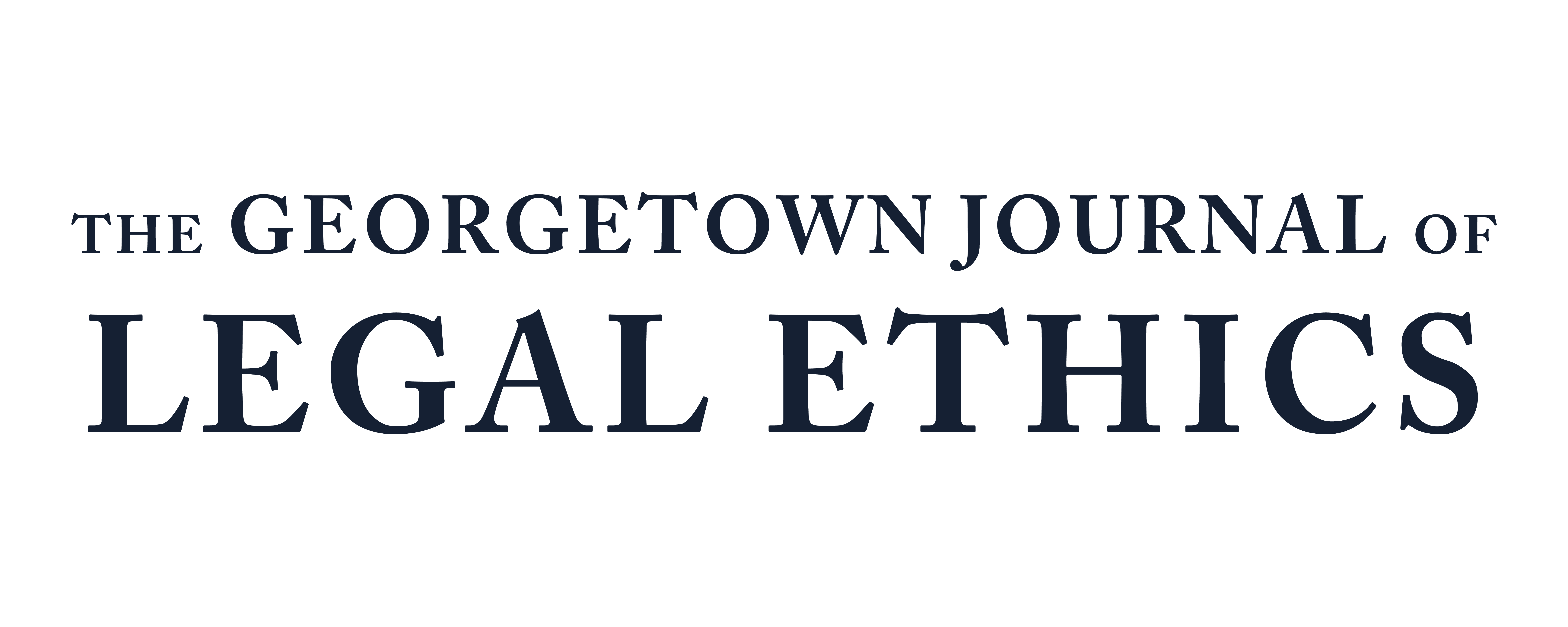Plain Language in the Written Law
As a law student, I was once asked to draft a Memorandum of Understanding (MOU) with a confidentiality clause. I was tasked with clearly indicating what in- formation would fall under the definition of “confidential” so that each party would know exactly what they were prohibited from sharing. My professor pointed me towards a sample MOU from a Practical Law guide, which used the following language: During the term of this MOU, either Party (as the “Disclosing Party”) may dis- close or make available to the other Party (as the “Receiving Party”) informa- tion about its business affairs, products/services, confidential intellectual property, trade secrets, third-party confidential information and other sensitive or proprietary information, whether orally or in written, electronic or other form or media, and whether or not marked, designated or otherwise identified as “confidential” (collectively, “Confidential Information”). This sentence took several minutes for me to understand. The main clause simply stated that “either party . . . may disclose . . . to the other party . . . confidential information.” It was unclear whether “may” was used in a permissive sense (either party is allowed to disclose confidential information to the other party) or as an indicator of possibility (it is possible that either party might at some point disclose information to the other party). More importantly, the main clause did not even contain the most important part of this sentence: the definition of “confidential information.” Instead of being clearly explained in a separate sentence, that crucial definition was hidden in the center of a convoluted sentence that, at first glance, seemed to be merely a statement about what “may” occur. As a law student, I took for granted that this language was properly suited for its purpose. Although I sensed that it would be difficult for many people to understand, it contained a lot of detail and had a certain formality that I believed necessary for a legal document. Thankfully, my professor identified this sentence as needlessly formal and technical language (commonly known as “legalese”), and we scrapped it.
Subscribe to GJLE
